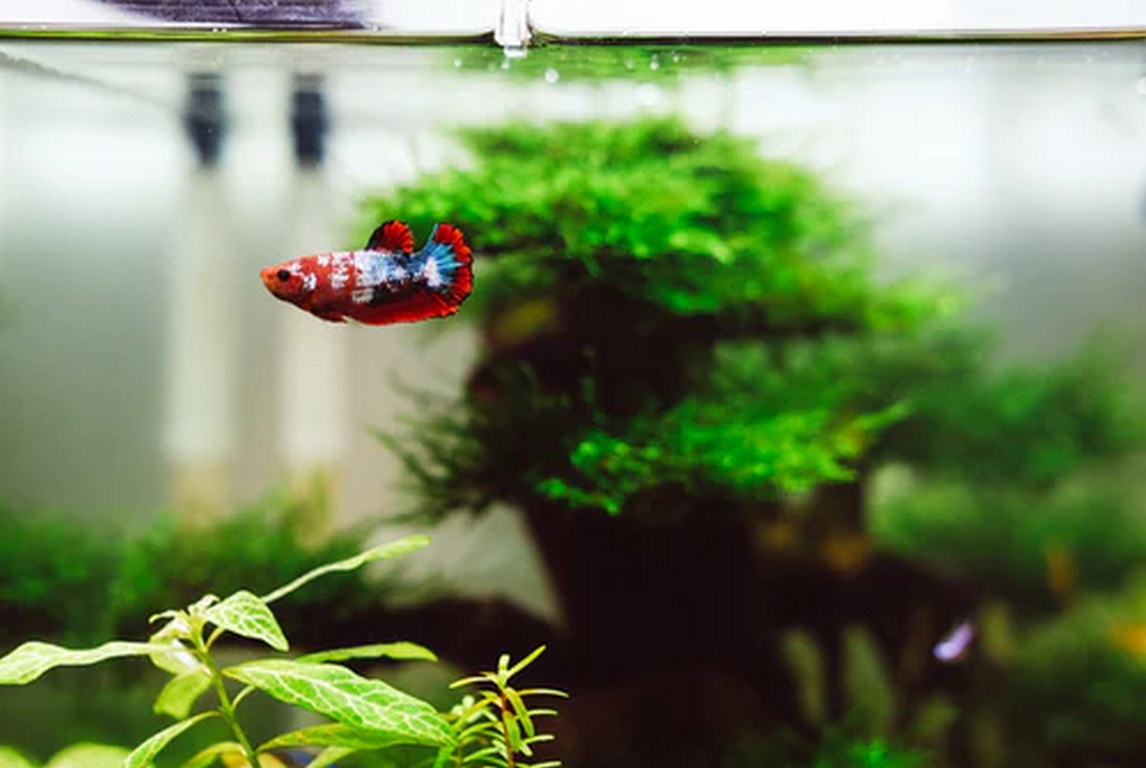Adding an aquarium to your home is one of the most interesting things you can do. Aquariums offer hundreds of hours of entertainment.
They brighten up the home, add movement, and designing them is a great hobby.

However, adding an aquarium to your home isn’t without difficulty.
Aquarium design and maintenance need to be properly considered and implemented to avoid a lot of heartaches and wasted money.
This little article includes several of the major issues that come up for new aquarium owners who don’t know exactly what to expect.
Aquariums are more than the sum of their parts. When you mix some water, a light source, a plant, and a few fish in a glass container, something magical happens.
That’s in part because water environments are inherently foreign to us. The opportunity to sit and watch the mysteries of the deep with our own eyes is alluring for children and adults alike.
Children are drawn to the movement, colour, and curiosities that aquariums provide. These home accessories are a rare opportunity to draw the eyes of children away from their screens.
Infinite variations of design and fish selection ensure that each aquarium is a unique watery expression.
There are countless themes and environments you can choose to make and view.
All of this comes at a price though. There are a lot of things that need to be researched and known before you actually buy.
If you don’t do it just right, a lot of problems will result. Improper aquarium planning, setup, and maintenance will lead to a lot of dead fish, and heartbreak.
Fish Selection Needs to Be Researched
First-time hobbyists often make hasty and well-intended purchases that spell out disaster. Not all fish are compatible with each other.
Even the most innocent appearing fish sometimes have nasty temperaments that equal doom for the more relaxed denizens of the tank.
It isn’t a pleasant experience to find out your sweet little puffer wants to bite the head off your child’s favourite guppy.
Remember, you’re creating your own little habitat. An isolated world of your making. You are the god of this new world you’ve made.
Try to make a nice world where everyone gets along and lives a long happy life of blowing bubbles under the surface.
Fish selection can be quite the chore. And sometimes the staff at your chosen shop don’t really know the ins and outs of fish selection, it’s just their minimum-wage high-school job after all.
Some fish will behave amicably under most situations yet act unpredictably when exposed to certain triggers.
That’s why it’s helpful to visit a go to website about fish and fish selection. There are a few safe bets though, and a few surefire fish to avoid.
Don’t misunderstand though, some of the predatory fish are the most enjoyable species to have.
It just means that your tank needs to be designed and planned around the fish that you just can’t live without. In this situation, your aquarium will become an effigy of sorts to that species.
Most puffers are predatory fish. Some are not, but freshwater puffers are hard to distinguish from each other and are often mislabeled at the store.
It’s best to avoid this fish unless you’re absolutely certain of its harmless nature
They often have a striking appearance. Not all cichlids are predatory, but most have a penchant for live food in their adulthood.
If your cichlid is growing up and some fish start missing, it could be the culprit. You can try to satiate their appetite for carnage with various live or fresh-frozen feeds
As their name implies, they can be a little aggressive. These fish don’t attack for food, they do so because of territorial reasons. Give them plenty of space and they tend to be docile.
In general, cichlids are to be avoided if you’re worried about your fancy guppies getting the beautiful tails nipped.
Cichlids of all varieties can be aggressive. This includes the infamous oscar fish as well and several species that carry the namesake.
If you’ve got your heart set on one of these great fish or the notorious piranha, you might want to consider making and designing a predator tank.
Many small predator fish work in teams and therefore shoal together and make magnificent displays. Others are solitary and territorial, these fish can only safely co-exist in large and sparsely populated tanks.
First-time hobbyists should consider a normal non-aggressive tank to keep things simple. There are a lot of great, low-maintenance fish that will ensure your tank has hours of viewing pleasure.
For example, the cheap and tiny fancy tail guppy is an absolute treasure to keep at home.
They can even sense when you are watching and will begin streaking in arcs across the tank while fanning their tails in a spectacular display.
Now that you have a good idea about the fish varieties that are right for you, it’s time to review the maintenance that you’ll do for a healthy tank.
Tank maintenance is all that’s left to know before making your final decision to design and maintain your own aquarium.
There are several things that tank owners must do to keep their fish and plant populations happy and healthy:
There are lots of places online to get educated. Be sure to check out a comprehensive guide to tank maintenance before you commit.
If you consider these things carefully, you’ll have a great aquarium experience. If you don’t, a lot of fish will die in the process.
It may help to ask a pro. Fish and environment loss is disheartening and may lead you to drop the hobby entirely.
It’s also a waste of money and devastating for any children in the house. Take fish selection and tank maintenance seriously to create a tank that will be part of the family for years to come.